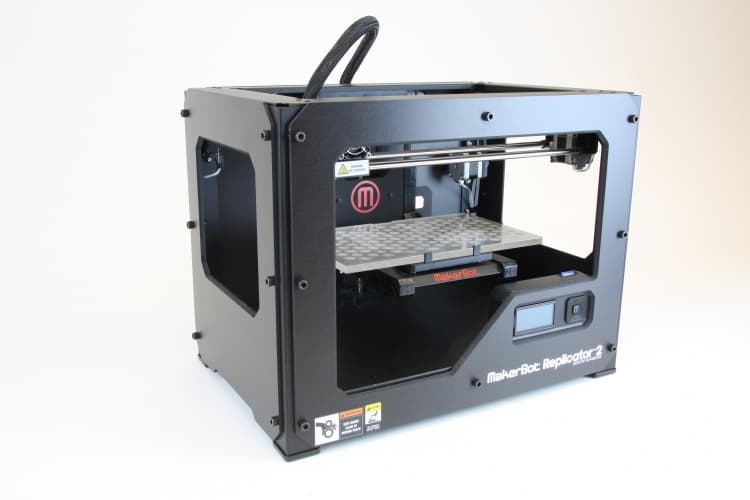Scientists at American University in Washington D.C. have 3D printed chemically active structures embedded with nanoparticles that help to combat pollution.

The research, published in Science and Technology of Advanced Materials, involved combining plastic with chemically active titanium dioxide (TiO2) nanoparticles. Using an off-the-shelf thermoplastic 3D printer, the resaearchers then created a small polymer matrix about the size of a bath sponge.
TiO2 reacts with natural sunlight to break up pollutants and has potential applications in the removal of pollution from air, water and agricultural sources. To demonstrate pollution mitigation, the researchers placed the matrix in water and added an organic molecule, which was then observed to be destroyed. The TiO2 also photocatalysed the degradation of a rhodamine 6G (tracer dye) in solution. According to the paper’s authors, this is the first time a commercial 3D printer has been used to create materials with active chemistry.
"It's not just pollution, but there are all sorts of other chemical processes that people may be interested in,” said Matthew Hartings, chemistry professor at American University and research lead. “There are a variety of nanoparticles one could add to a polymer to print."
In order for the structure to print, the concentration of nanoparticles had to be less than 10 per cent of the total mass. The researchers used a simple shape for the initial experiment but are keen to understand how printed structure affects the chemical reactivity. Work is already under way to determine the optimal printed shape for applications that involve photocatalytic removal of pollutants.




Project to investigate hybrid approach to titanium manufacturing
What is this a hybrid of? Superplastic forming tends to be performed slowly as otherwise the behaviour is the hot creep that typifies hot...